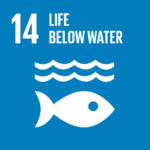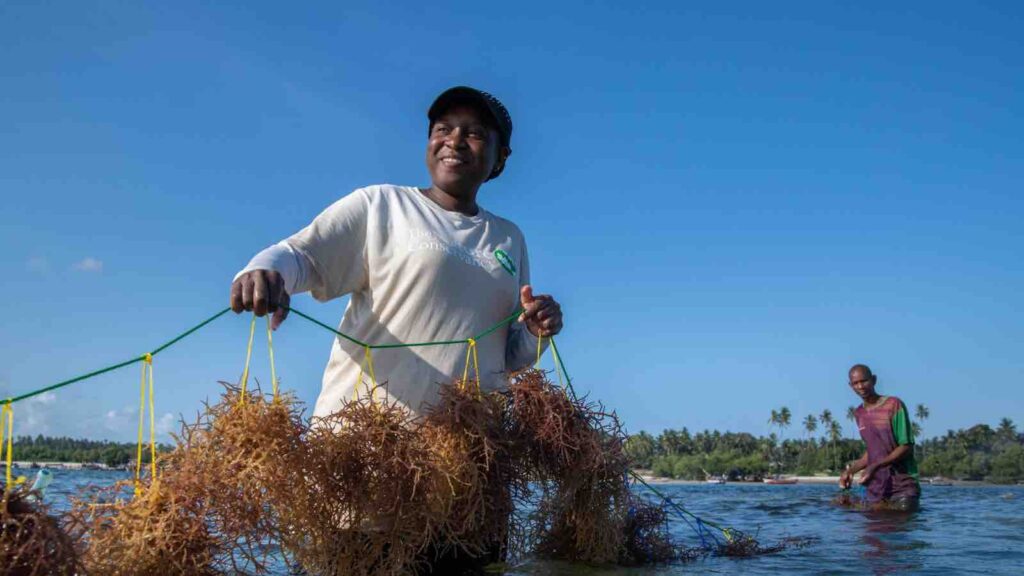A new framework published by The Nature Conservancy lays out standardised guidelines for monitoring and evaluating the ecological benefits of regenerative and restorative aquaculture.
In an innovative stride towards harmonizing aquaculture with nature, The Nature Conservancy (TNC) has released a comprehensive framework designed to standardize the monitoring and evaluation of the ecological benefits of regenerative and restorative aquaculture. The publication, titled “A global monitoring, evaluation, and learning framework for regenerative and restorative aquaculture: Helping nature thrive through aquaculture,” serves as a vital tool for aquaculture producers, researchers, and industry stakeholders. It aims to deepen the understanding and appreciation of the ecological advantages of restorative and regenerative practices in aquaculture.
RELEVANT SUSTAINABLE GOALS


Helping Nature Thrive Through Restorative and Regenerative Aquaculture Framework
Aquaculture, when practiced with environmental consciousness in suitable locations, extends beyond producing seafood; it enriches ecosystems by removing excess nutrients from water and enhancing biodiversity through the creation of complex habitats. This potential for supporting marine ecosystem restoration and resilience is pivotal in TNC’s new framework. However, the challenge lies in the underrecognition of these benefits by the industry and the absence of standardized methods for their quantification and valuation, which the framework seeks to remedy.
By introducing a universal protocol for assessing the positive environmental impacts of aquaculture, alongside the socioeconomic benefits, the framework aims to foster a more profound and quantitative understanding of aquaculture’s contribution to broader environmental objectives. Specifically tailored for the macroalgae, molluscs (excluding cephalopods), and finfish sectors, the guidelines are flexible, allowing for partial or complete application. Although currently focused on marine and coastal aquaculture, TNC plans to expand future editions to include inland practices as well.
The framework’s core objectives are to:
- Equip farmers with the tools to identify and quantify the environmental benefits of their operations.
- Establish a consistent methodology for evaluating environmental gains across different species, systems, practices, and over time.
- Align the aquaculture industry’s practices with global environmental goals concerning ecosystem resilience and restoration.
- Highlight the interconnection between environmental benefits and key socioeconomic advantages.
This initiative is poised to standardize the collection and monitoring of environmental benefits within aquaculture, enabling more precise assessments and valuations of ecosystem services. It also aims to enhance communication among farmers, sectors, and stakeholders. Designed for adaptability, the framework encourages widespread adoption and customization to fit local monitoring, evaluation, and learning (MEL) plans.
Addressing aquaculture in marine, coastal, and estuarine environments, the framework categorizes into three main sectors: seaweed (macroalgae), molluscs and echinoderms (including bivalves and gastropods, but not cephalopods), and finfish. Acknowledging the distinct impacts of marine and inland aquaculture on ecological processes and species, TNC underscores its commitment to developing future iterations for other sectors and ecosystems, promoting a holistic approach to sustainable aquaculture practices globally.
Lead image courtesy of TNC (TNC seaweed trainer Mondy Muhando near Pemba Island. © Roshni Lodhia)




